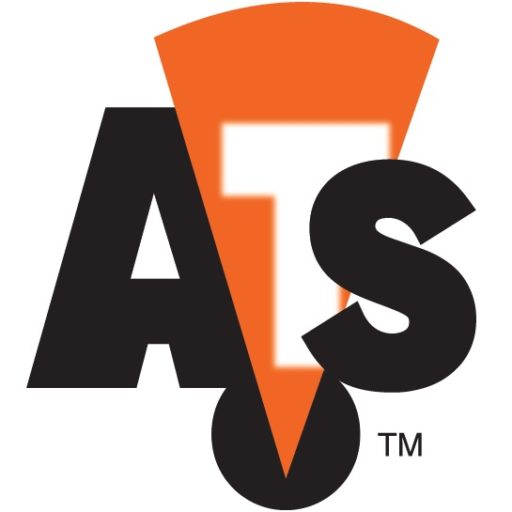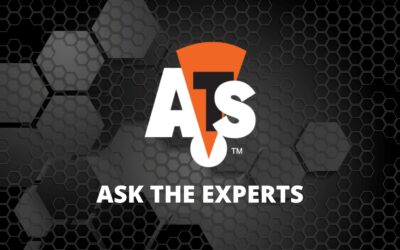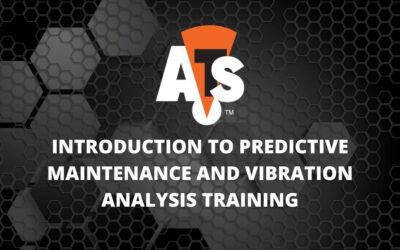How do you build a successful predictive maintenance (PdM) program at your facility? How do you know when you’ve achieved it? Let’s take a look at a few things to consider when starting a program and some ways to measure its successes or failures.
Every program will have some unique aspects to it that will demand special consideration. But in general, the predictive maintenance path has already been paved. There are a countless number of successful programs that would make great examples to emulate. Keep this in mind, whether you are just starting a program or evaluating it after its inception. No matter how unique you think your reliability problems are, there’s a good chance that someone else has already gone through it. If you can learn directly from their experience, it might save you from the pain of finding the answers through your own trial and error.
Here are just a few things to consider when starting or evaluating a program:
Have a vision. Research the possibilities. Create a realistic plan.
This portion of the reliability process is often not emphasized enough. Failure to do so could send you down a much more difficult and potentially unsuccessful path. Take some time to really consider what you want from your PdM plan. Not just how it should “look”, but the results that should be expected. Do some research and look at what others have accomplished. Figure out how you will measure success when you see it at your facility. If you do it correctly, implementation of a predictive program will not only change the day to day procedures at your facility, but also the overall vision and culture.
Implementation
After a plan is developed, the next step is action. Implement whatever reliability strategies you’ve researched and qualified for your particular equipment/process. If you really spent the time creating a realistic plan, implementation should go fairly smooth. Follow the vision that brought you to this point and make it a reality. Don’t be afraid to re-evaluate your plan as you learn more and have a greater understanding of what works and what doesn’t.
Measure and Document
Obviously, there will be many “measurements” taken during implementation, whether it’s vibration data, ultrasonic readings, or others. That’s not what I mean by “measure” here. This section will discuss two important aspects of creating and maintaining a successful PdM program: metrics and cost justification.
First we will discuss metrics. This is one of the easiest ways to measure and track the success of your program. There is a wide variety of metrics that you can track, far too many to mention them all here. Some key ones include overall equipment effectiveness, mean time between failure, % of planned work, and many, many more. Tracking these can help evaluate where the program is at currently and what positive effect the new PdM initiatives are having. Do not undervalue the importance of tracking and sharing this information with management, as well as maintenance and operations.
Cost justification is another significant tool in the reliability process. This allows you to measure and promote the financial benefit of implementing a predictive maintenance program. Often times the financial benefit of PdM becomes very obvious when the program begins to mature. Decreases in downtime, reductions in maintenance spending, and many others are often attributed to a successful reliability program. Make sure to measure, document and promote these successes whenever you are able to do so. If it is not apparent that the reliability initiatives are directly responsible for these, people outside the program may never understand its value and in turn, not support it.
Consistency and Training
Now that your program has been conceptualized, implemented, and justified, is the journey over?
Absolutely not.
The next task is to maintain the success of a properly organized PdM program and keep it thriving in the future. Keep a close eye on the details and make sure no one lets their reliability tasks slide. While I never recommend biting off more than you can chew, there are always more steps that can be taken in reliability. Find that next step for your facility, evaluate whether or not you’re ready to take it, and always keep moving forward. Training is a huge part of this process, for everyone involved. Train reliability staff, operators, management, maintenance, and anyone else that plays a role in the success of the PdM program. The more you can get everyone on the same page and bought in to the process, the greater your success will be.
Keep these things in mind, if you’re planning on implementing a reliability program or if you’re evaluating the status of your current program. If you’re struggling to make sense of it, there is an ocean of information out there. Do your own research, consult with a peer, or even contact a reliability professional. Not knowing what to do or how to evaluate your program is no longer a valid excuse. Create your reliability success, measure it, and make sure everyone knows about it!





0 Comments